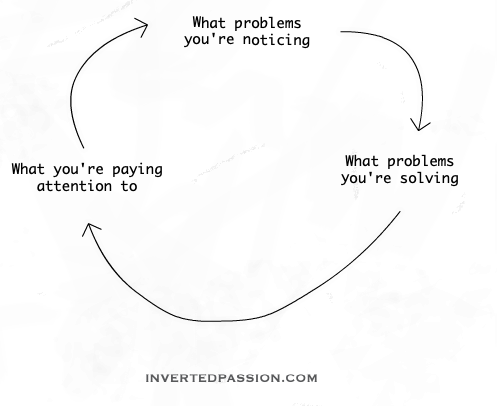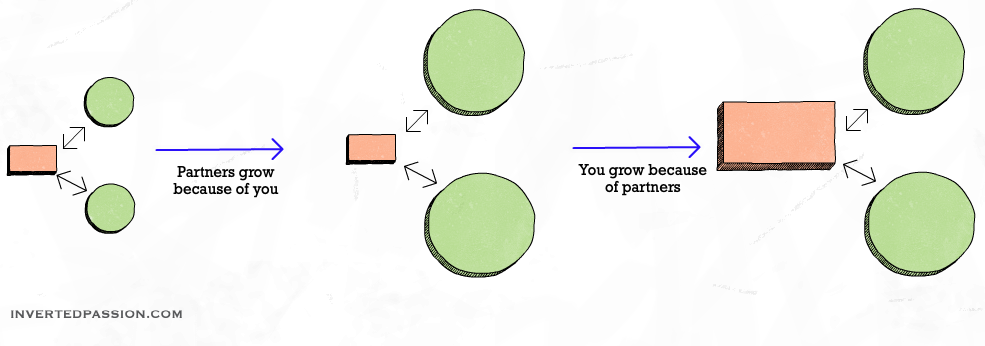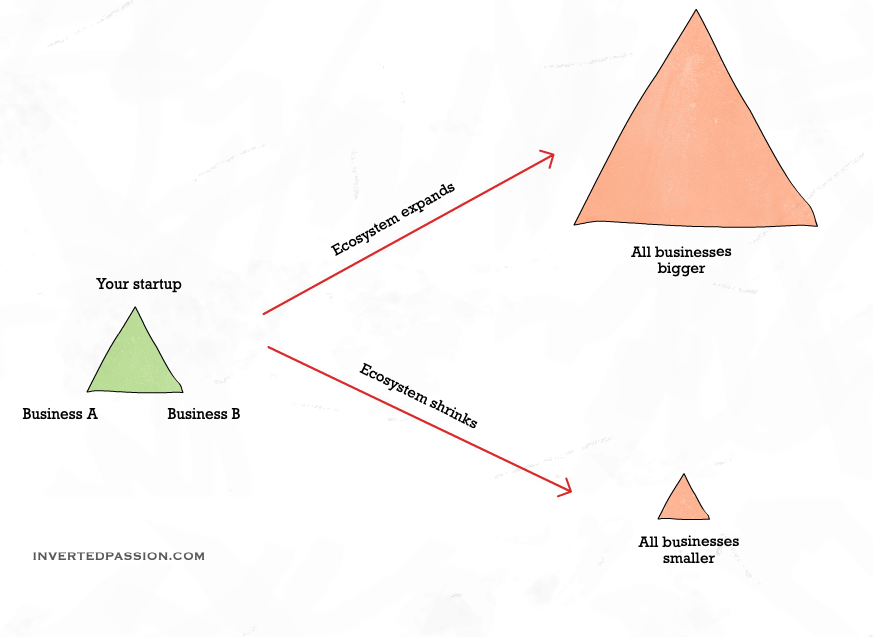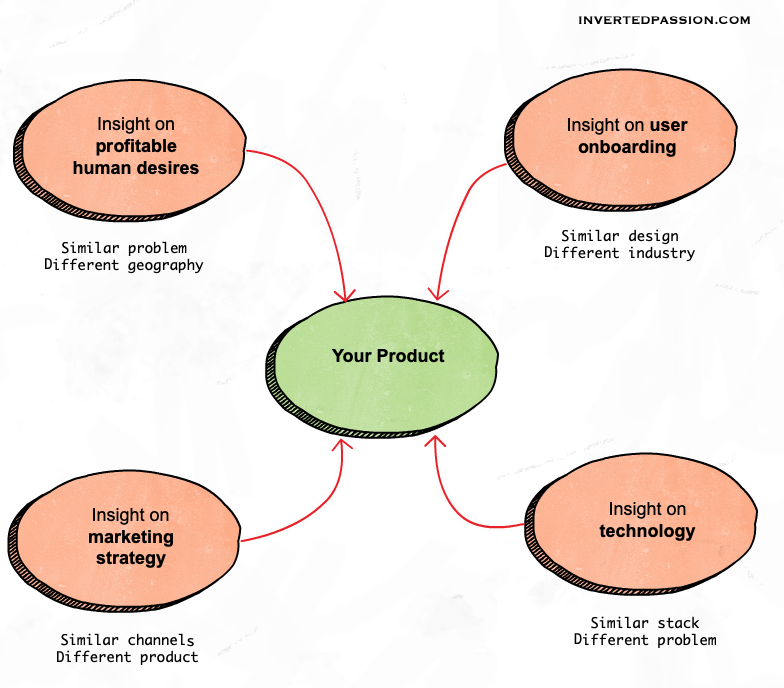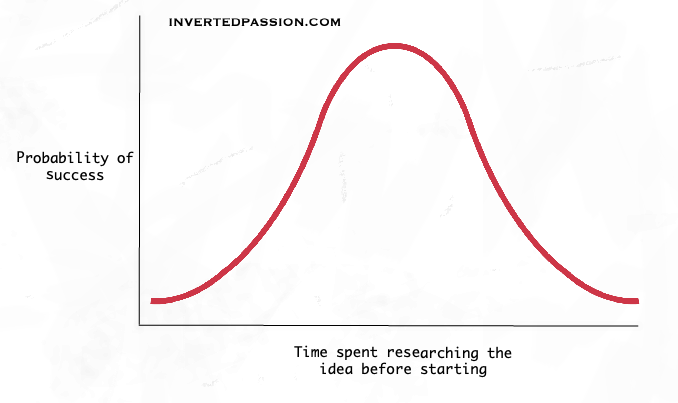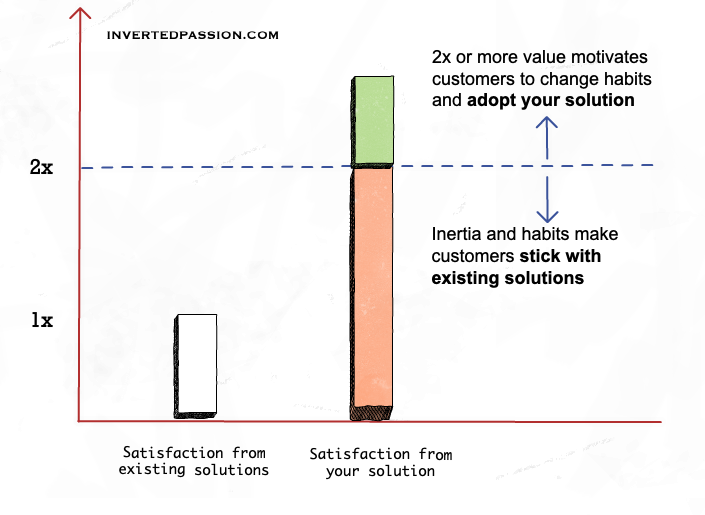Switching costs determine how valuable your business is because investors value a business equal to its expected future profits. If your customers are able to switch easily to a competitor, potential investors see that as a risk, and hence will not value the business highly as potential future earnings of a business can easily be taken away by a competitor.
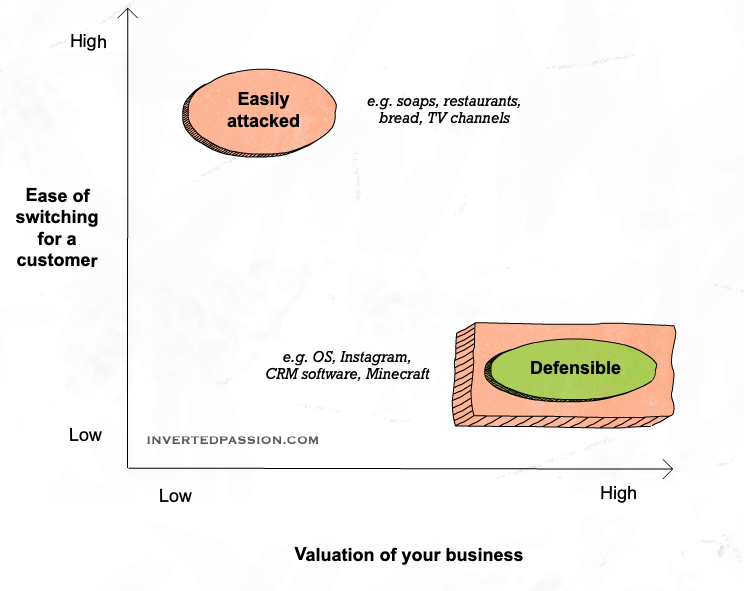
If building a business is hard, building a defensible business is harder and that’s why they’re rare. Warren Buffet’s top criteria for evaluating a business is the presence of moats. In old times, castles were protected by trenches filled with water which were known as moats. Such moats protected against an enemy attack as they were not easy to cross. In business, moats are whatever deters a potential competitor from taking away your customers. ...
